As I entered Islamabad International Airport this July, I smiled as I recollected the same pathway I had taken in 2019 as a “Reluctant Hajji” – the major difference being that my previous qualms had now made a 180-degree shift and I was eager to start the journey, one which I had not thought possible amidst the Covid-19 travel ban. My enthusiasm was further bolstered by the welcome board en route to Makkah which stated “Guests of Ar-Rahman, your safety is our responsibility”.

On July 7th, I joined the one million pilgrims – 1.5 million less than in 2019 – in Minna. This was the largest Hajj gathering since the pandemic had forced numbers to 10,000 Muslims in 2020 and 60,000 Muslims in 2021. Suffice to say, all eyes were on the Kingdom. This year’s Hajj also coincided with 100 years of Saudi Arabia’s organising of the annual pilgrimage. Hajj 1443 was made all the more special since it coincided with a Friday, making it Hajj-e-Akbar.
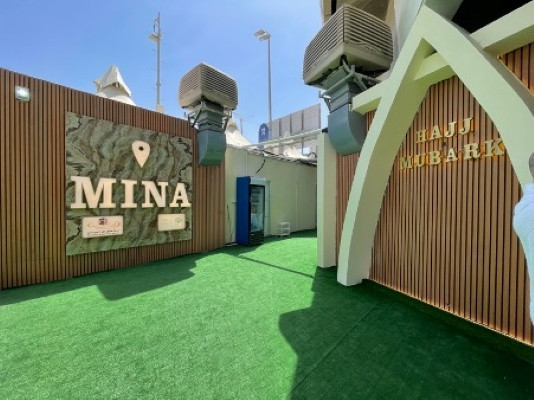
Compared to my previous experience, the zeal among the pilgrims seemed somewhat diminished. At first, I believed these to be misapprehensions given the reduced numbers. However, increased interaction with my companions made me realise that the pandemic, circumventing all biases, had been hard on everyone regardless of stature. Without a doubt, Covid-19 has broken each and every one of us in some way. The white barrier between the Kabbah and pilgrims was a reinforcing testament to the ‘new normal’ we have all been forced to adopt.
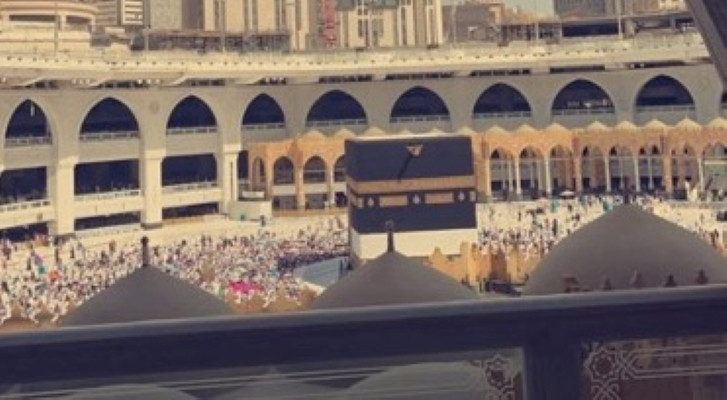
From my past encounters, I was on the lookout for miracles. And I was not disappointed. A friend had related that the people of Makkah claim that clouds provide shade to the Hujjaj. I witnessed this first hand on the Day of Arafat – considered the apex of Hajj – during which unexpected clouds started forming in a previously clear sky, thereby making it tolerable to sit outside in the 44-degree heat. The same happened during the rest of the pilgrimage days. Each ritual reaffirmed what I had grown up hearing: “Hajj sabr ka naam hai” (Hajj is the name of patience), which further reinforces the South African phrase “Umuntu Ngumuntu Ngabantu” (I am because of what we all are). This feeling, I believe now, is a miracle in itself.

In line with their Vision 2030, this year, the Kingdom had undertaken many experiments and introduced many changes, with mixed results. A major issue was for those journeying from America, Europe and Australia who had to apply for Hajj using an online portal. There was a lack of clarity in the draw process and mix ups, as a result of which, many people were turned back from the airport.
However, this is not to take away from the many improvements I witnessed. In keeping with their national rejuvenation plans, the Saudis had increased the application of modern technology by harnessing the best electronic devices available. This included the “In your languages, we welcome you” campaign, which aims at guiding the pilgrims in 23 languages. This highlighted increased inclusivity and accommodation of pilgrims which I had previously not witnessed.
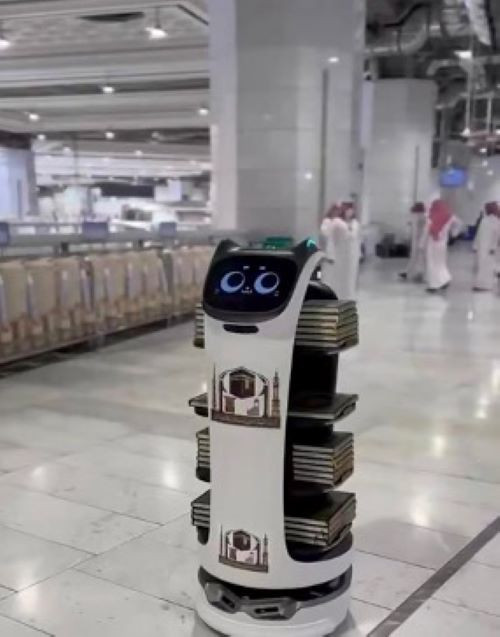
A robot introduced in the Grand Mosque, Makkah to distribute Qurans to worshipers.
One of the most enjoyable sights for me was to see Hajjis zooming along on electric scooters. As a trial service, the Saudi Public Authority for Transport provided pilgrims with this service to help ease the time taken between Holy sites. For instance, the usually one-hour walk between Arafat to Muzdalifah was reduced to just 15 minutes. This is in addition to the Saudi Hajj Ministry’s adoption of smart technologies to help assure comfort of the Hajjis.
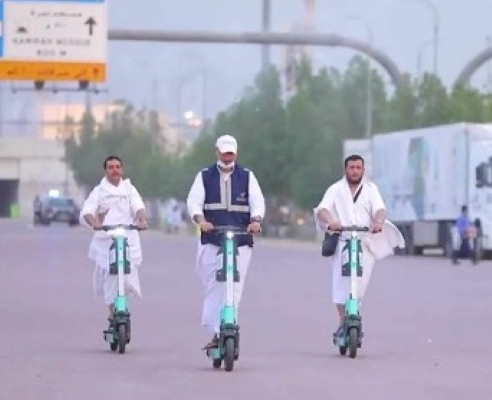
By the same token, there were visibly increased numbers of security officials and scouts to aid the pilgrims not only during the rituals but also in and around the Holy Mosques. Another marked change was the greater role of the youth in all areas of pilgrim assistance; be it spraying water on the pilgrims to provide relief from the heat or medics and security personnel.
Similarly, even though on previous visits I had noticed the expanding role of women in workplaces in the country, this time around it was very distinct. Now there were uniformed women officers inside the Mosque, women volunteers at the airport and even women administering passenger data input. These tasks had previously been reserved for men alone.
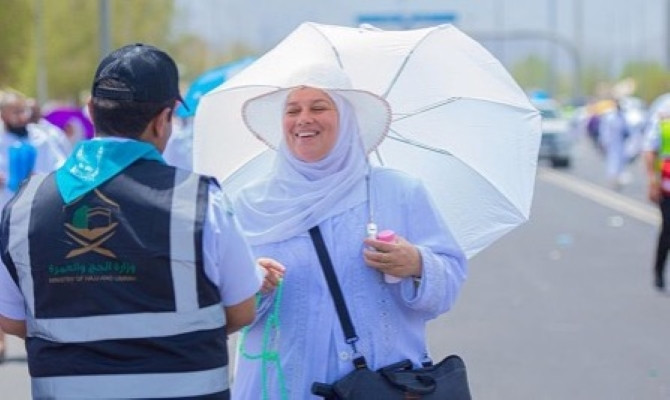
Needless to say, after a two year international hiatus, Hajj 1443 was a success and a triumph for the Muslim ummah in the face of the trials and tribulations brought on by the pandemic. Restored, refreshed and recentered, I departed Madina airport, leaving a part of my soul in Makkah and a piece of my heart in the Prophet’s (PBUH) city.
All photos courtesy of the author.

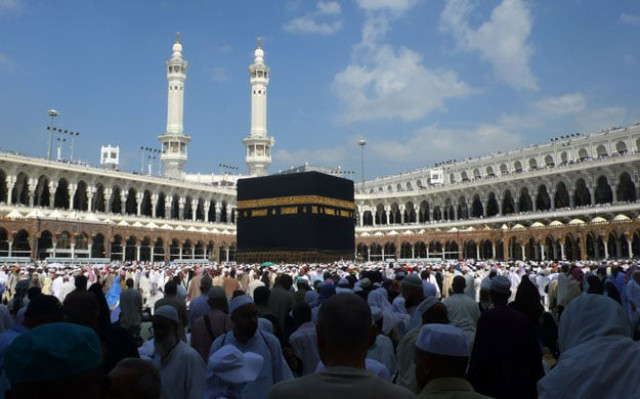
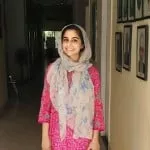
COMMENTS
Comments are moderated and generally will be posted if they are on-topic and not abusive.
For more information, please see our Comments FAQ